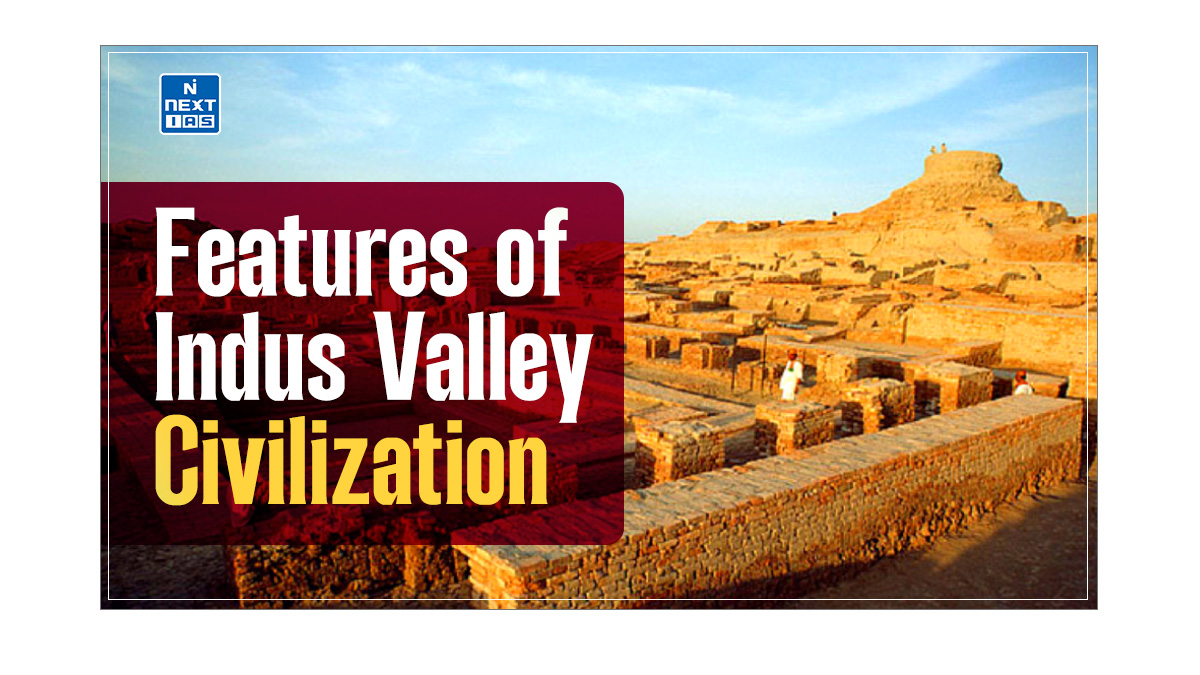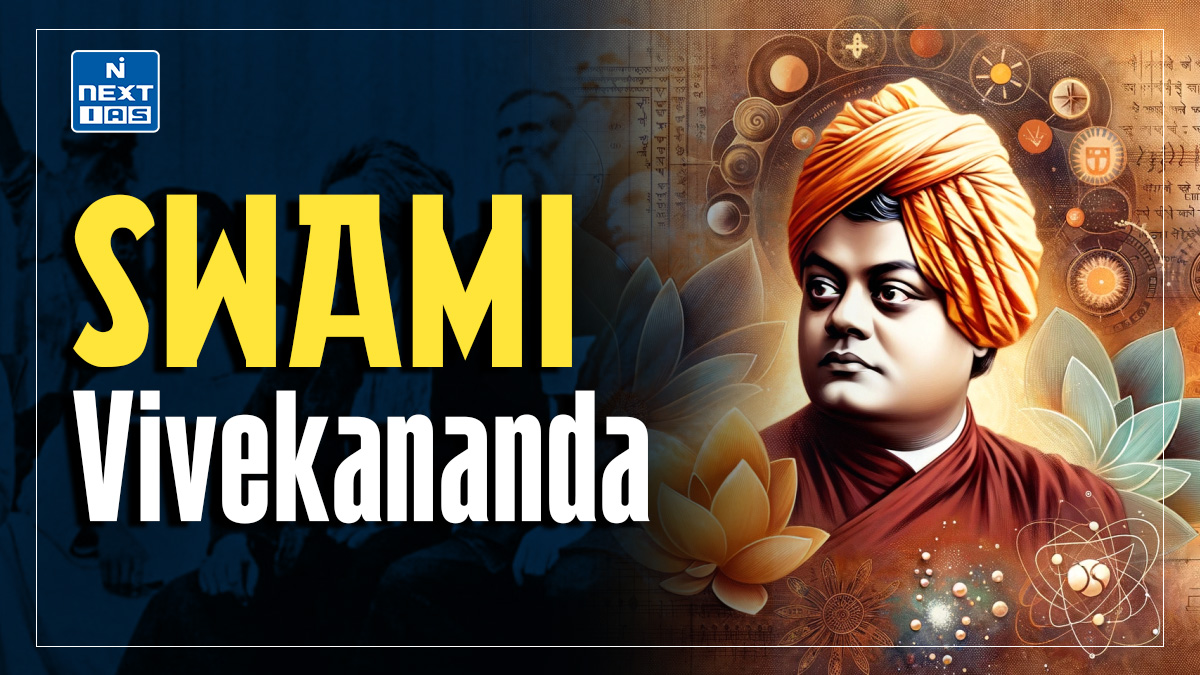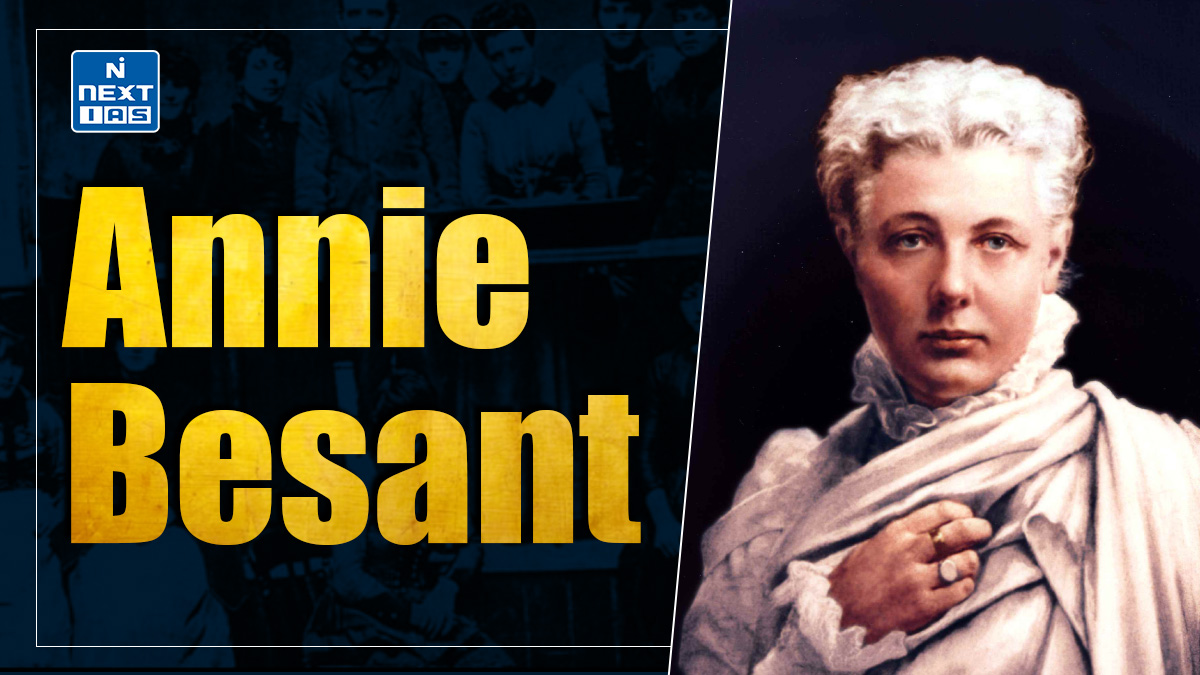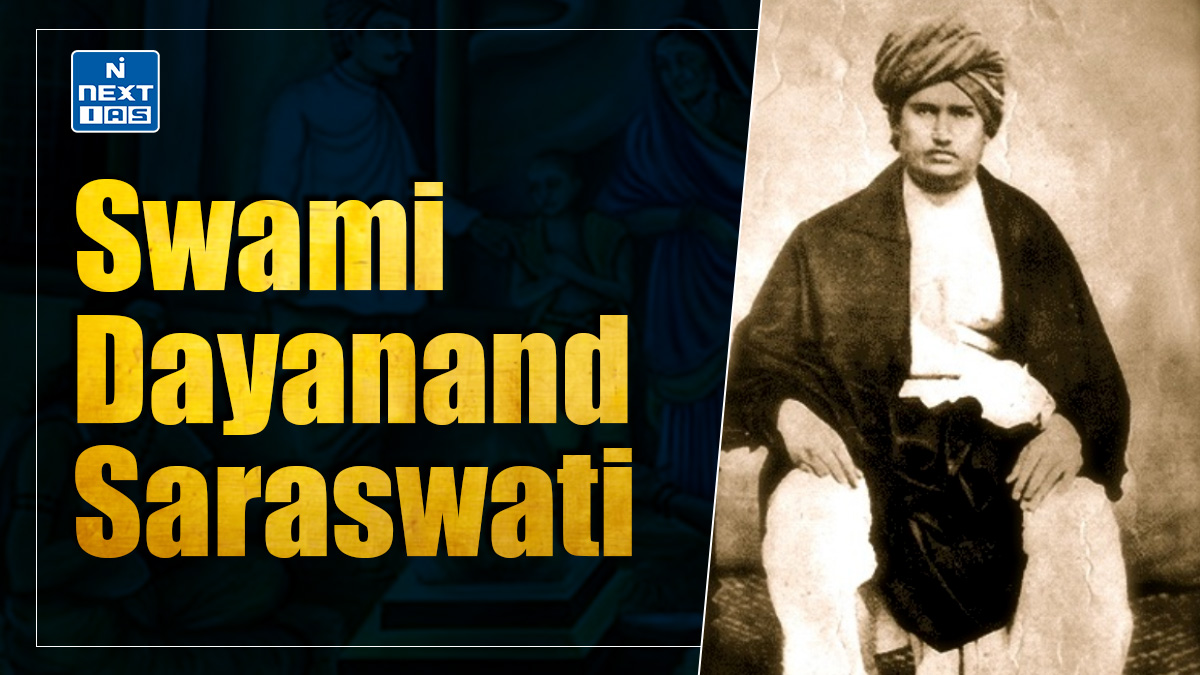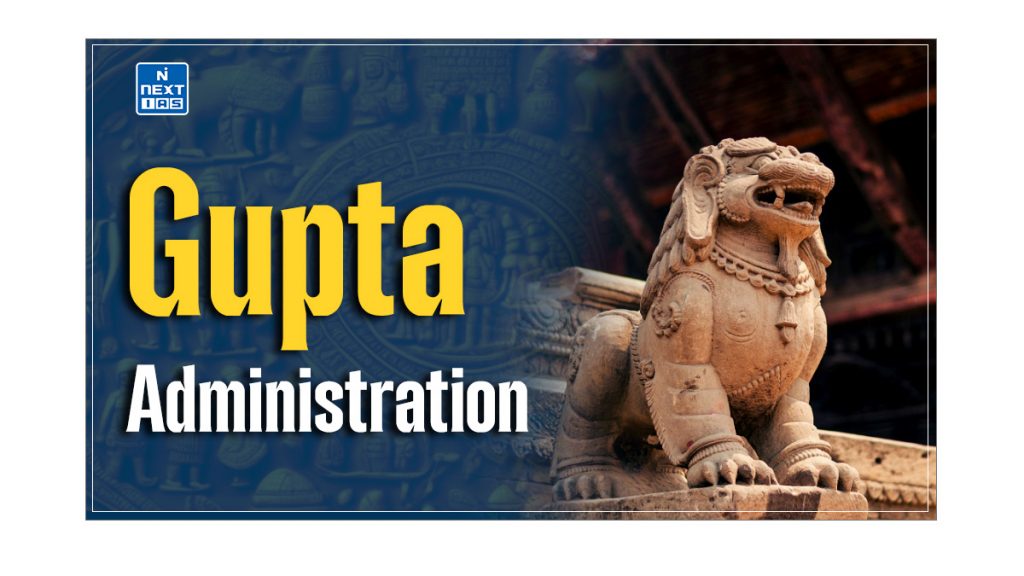
The Gupta administration was a well-organized and efficient system that governed the vast Gupta Empire, ensuring stability and prosperity. Its significance lies in balancing centralised control and local autonomy, contributing to the empire’s long-lasting success. This article aims to study in detail the structure and functioning of the Gupta administration, including its central, provincial, and military levels.
About Gupta Empire
- The Gupta Empire was an ancient Indian empire founded by Sri Gupta. It stretched across northern, central, and southern India between 320 and 550 CE.
- The period is called the Golden Age of India due to its achievements in arts, architecture, sciences, religion, and philosophy.
- During this era, India witnessed a renaissance in cultural and intellectual pursuits, with significant contributions from figures like Kalidasa in literature and Aryabhata in science.
- The Gupta rulers fostered an environment of stability and prosperity, facilitating advancements in various fields and leaving a lasting legacy on Indian civilisation.
Read our detailed article on the Gupta Empire, Gupta Economy, Gupta Society, Gupta Science and Technology, Gupta Literature, Gupta Art and Architecture, Guild System and Gupta Inscriptions.
Gupta Administration
The Gupta administration was characterised by a well-structured and hierarchical system that ensured efficient governance across the empire. The Gupta administration has been divided into three levels:
- Gupta Administration at the Central level,
- Gupta Administration at the Provincial level, and
- Gupta Administration at the Military level.
All these levels of the Gupta Administration have been discussed in detail in the following section.
Gupta Administration at Central Level in Gupta Empire
The Gupta Empire established an efficient system of administration. All power was centred on the King, but the Gupta kings did not interfere in administrating regions where the defeated local kings had accepted their suzerainty.
The King
- The King remained the central figure of administration. However, there was a considerable change in the character of the monarchy.
- Like the King, who has been given a divine status in the Smriti scriptures, the Gupta monarchs, too, came to be considered divinities on earth.
- Therefore, we find the kings assuming titles like Maharajadhiraja, Paramabhattaraka, Chakravarti, Paramesvara, etc.
- This signifies that they ruled over lesser kings in their empire.
- Kingship was hereditary, but the absence of a firm practice of primogeniture limited royal power. The throne did not always go to the eldest son. This created uncertainties, which the chiefs and high officials could exploit.
- Despite the supreme powers that were vested in the King, he was expected to follow a righteous path and had specific duties like:
- to decide the policy of the state during war and peace.
- to protect his countrymen from any invasion.
- to lead the army in case of war.
- to appoint his central and provincial officers.
Council of Ministers and Bureaucracy in Gupta Empire
- A council of ministers assisted the Gupta Kings. The minister’s office was hereditary.
- The Gupta bureaucracy was not as elaborate as that of the Mauryas. The most important officers in the Gupta empire were the kumaramatyas (officers of the crown prince).
- The king appointed them to the home provinces and possibly paid them in cash.
- Recruitment was not confined to the upper varnas only, which could be attributed to the possibility that Guptas were vaishyas.
- However, several ofiices came to be combined in the hands of the same person, and posts became hereditary.
- There were some other high officials. For example, the Mahapratihara was the chief of the palace guards, and the Pratihara regulated ceremonies and granted the necessary permits for admission to the royal presence.
Gupta Administration at Provincial Level
- The Empire have organised a system of provincial and local Gupta administration.
- The empire was divided into divisions (bhuktis), and each bhukti was placed under the charge of a Uparika. The bhuktis were divided into districts (vishayas), which were placed under the charge of Vishayapati. In eastern India, the Vishayas were divided into vithis, again divided into villages.
- In the Gupta administration, the village headman became more important in Gupta times. The village headmen, called Ganpati or gramadhyaksha, solved village-level disputes, and this was the smallest administrative unit.
- Organised, professional bodies were given a considerable share in the urban Gupta administration. These guilds had chiefs called Nagarseths.
- The Gupta administration system described above applied only to areas ruled directly by the officers appointed by the Gupta kings. The major part of the empire was held by feudatory chiefs, many of whom had been subjugated by Samudragupta.
- The vassals who lived on the fringe of the empire carried out three obligations.
- offered homage to the sovereign by personal attendance at his court,
- paid tribute to him, and
- presented to his daughters in marriage.
- In return for these, they obtained charters to rule the areas. The charters marked with the royal Garuda seal seem to have been issued to the vassals.
- Another feudal development was the grant of fiscal and administrative concessions to priests and administrators.
- Religious functionaries were granted land that was forever free of tax, and they were authorised to collect from the peasants all the taxes that could have otherwise gone to the emperor.
- The abundance of gold coins would suggest that higher officials were paid in cash, but many officers may have been paid through land grants.
| The Gupta administration required fewer officials than in Mauryan times. The reasons were: – Much of the imperial administration was managed by feudatories and beneficiaries. – The state did not participate in economic activities on a large scale, as it did in Mauryan times. – The participation of leading artisans, merchants, elders, etc., in rural and urban administration also lessened the need to maintain a large entourage of officers. |
Gupta Administration at Military Level
- The Gupta army’s numerical strength is unknown, but they must have had a big army organisation.
- At war, the King led his army, but ordinarily, there was a minister called ‘Sandhi-Vigrahika’ (Minister in charge of peace and war), who a group of high officials helped.
- The army under the Gupta administration had officials like Pilupati (head of elephants), Asvapati (head of horses), and Narapati (head of foot soldiers) possibly working under him.
- The army was paid in cash, and an officer-in-charge of stores called Ranabhandagarika looked after its needs well.
- This officer was to look after the supply of offensive and defensive weapons, such as battle axes, bows and arrows, spear pikes, swords, and lances.
Revenue Administration in Gupta Empire
- The primary source of the state’s income besides fines was Land revenue.
- There was an increase in land taxes and a decrease in taxes on trade and commerce.
- The king probably collected taxes varying from 1/4th to 1/6th of the produce.
- In Samudragupta’s time, there was an officer—Gopasramin—working as Akshapataladhikrita whose duty was to maintain accounts registers, recover royal dues from the sureties of servants, check embezzlement, and recover fines for loss due to neglect or fraud.
- Another prominent high official was Pustapala (record-keeper), who was responsible for enquiring before recording any transaction.
- There was a regular department for the proper survey and measurement of land and for collecting land revenue.
- In addition to 1/6th of the produce as revenue, a tax was levied on cloth, oil, etc., when taken from one city to another, known as Uparikara.
- The traders’ organisation paid commercial tax (Sulka). Non-payment resulted in the cancellation of the right to trade and a fine amounting to 8 times the original Sulka.
- The King had a right to forced labour (Visthi), Bali and many other contributions.
- Income from royal lands and forests was considered as King’s income.
- The King’s treasury had a right to treasure troves (treasures in the form of coin hoards, jewels, or other valuable objects discovered accidentally from below the earth), dig mines, and manufacture salt.
| Bali | Compulsory offerings |
| Bhaga | One-sixth of the produce |
| Bhoga | Gifts |
| Shulka | Customs |
| Udinanga | Social Security tax |
| Klipta | Tax for selling or purchasing lands |
| Halivakara | Ploughshare tax |
| Hiranya | Gold tax |
| Kara | Irregular tax |
Judicial System in Gupta Empire
- The judicial system of the Gupta Empire was far more developed under the Guptas than earlier, and several law books were compiled during this period.
- For the first, civil and criminal law was clearly defined and demarcated. Theft and adultery came under criminal law.
- Disputes regarding various types of property came under civil law. Elaborate rules were laid down about inheritance.
- During this period, many laws also continued based on differences in varnas.
- Though the supreme judicial powers were vested in the King, he was assisted by the Mahanandanayaka (Chief Justice).
- The guilds of artisans, merchants and others were governed by their own laws.
- In the provinces, the Uparikas were entrusted with this work, and in districts, the Vishayapatis were entrusted with it.
- In villages, the headman and elders decided the petty cases. The Chinese traveller Fa-Hien states that capital punishment was not given at all.
Land Grant System in Gupta Empire
- The Land Grant System, started in the Deccan by the Satavahanas, granting fiscal and administrative concessions to priests and administrators, became a regular affair in Gupta times.
- Religious functionaries were granted land free of tax for infinity and authorised to collect from the peasants all the taxes that could have otherwise gone to the emperor.
- Royal agents, retainers, etc., could not enter the villages granted to the beneficiaries. The beneficiaries were also empowered to punish the criminals.
- Religious organisations and groups brought waste lands under cultivation when these were donated to them as religious endowments.
Conclusion
The administrative system of the Gupta Empire exemplifies the empire’s capacity to manage vast territories while maintaining a balance between central authority and local autonomy. The hierarchical governance, military strength, efficient taxation, and judicial procedures contributed to the empire’s long-lasting legacy. The emphasis on decentralisation, local governance through guilds and vassals, and the land grant system played a vital role in sustaining the empire’s economic and social order. The administrative innovations of the Gupta Empire became a model for subsequent Indian empires and contributed significantly to the cultural and political evolution of the subcontinent.
Frequently Asked Questions (FAQs)
What was the administration of the Gupta Empire?
The administration of the Gupta Empire was highly centralised, with the emperor holding supreme authority. Local governance was managed through a system of provinces and districts overseen by appointed officials.
Was the Gupta administration decentralised?
No, the Gupta administration was not decentralised. The Gupta administration was highly centralised, with the emperor maintaining overall control and authority over the empire’s various regions and administrative functions.

